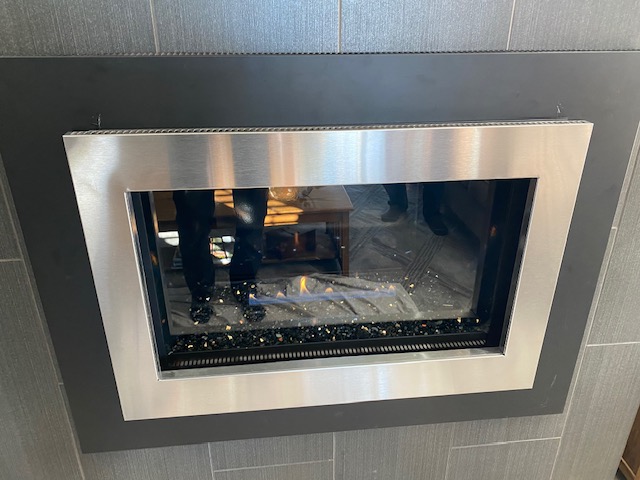
Fireplace Repair Tips22 Feb 2023
- Verify that the pilot flame is lit. Ensure the manual gas control knob is in the on position, and the pilot light is burning blue.
- Check for proper electrical connections. Verify that your fireplace is connected to a properly grounded outlet and that the circuit breaker is not tripped. Tighten any lose connections that are found.
- Ensure the gas supply is adequate. Ensure the gas line to the fireplace is open and the pressure regulator is set correctly. If necessary, adjust the pressure regulator to the appropriate setting for your type of fireplace.
- Adjust the air/gas mix. Some models require you to turn a dial to adjust the mixture of air and fuel, which may have been disturbed when turning the main valve on.
- Inspect the logs. If you have an artificial log set, make sure they are clean and evenly arranged. The proper log arrangement will allow the fire to burn more efficiently.
- Clean or replace the thermopile. The thermopile is the device that senses the presence of heat and allows the valve to stay open. If it is dirty or defective, it may need to be replaced.
- Adjust the pilot light position. Adjusting the pilot light can help ensure it is correctly positioned over the thermopile. If the pilot is too close to the thermopile, it can cause the fireplace to shut down due to overheating.
